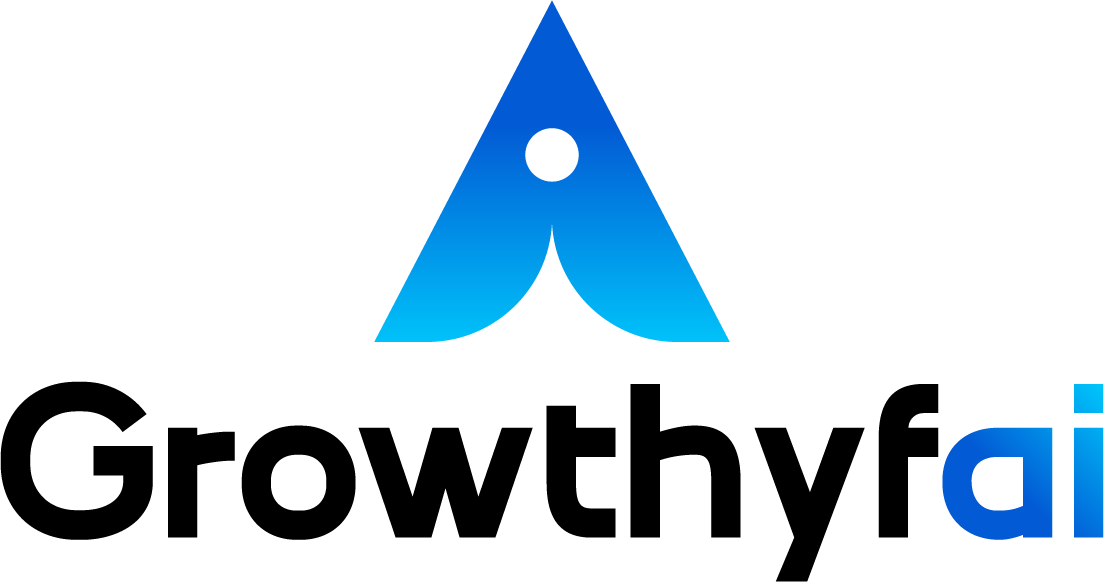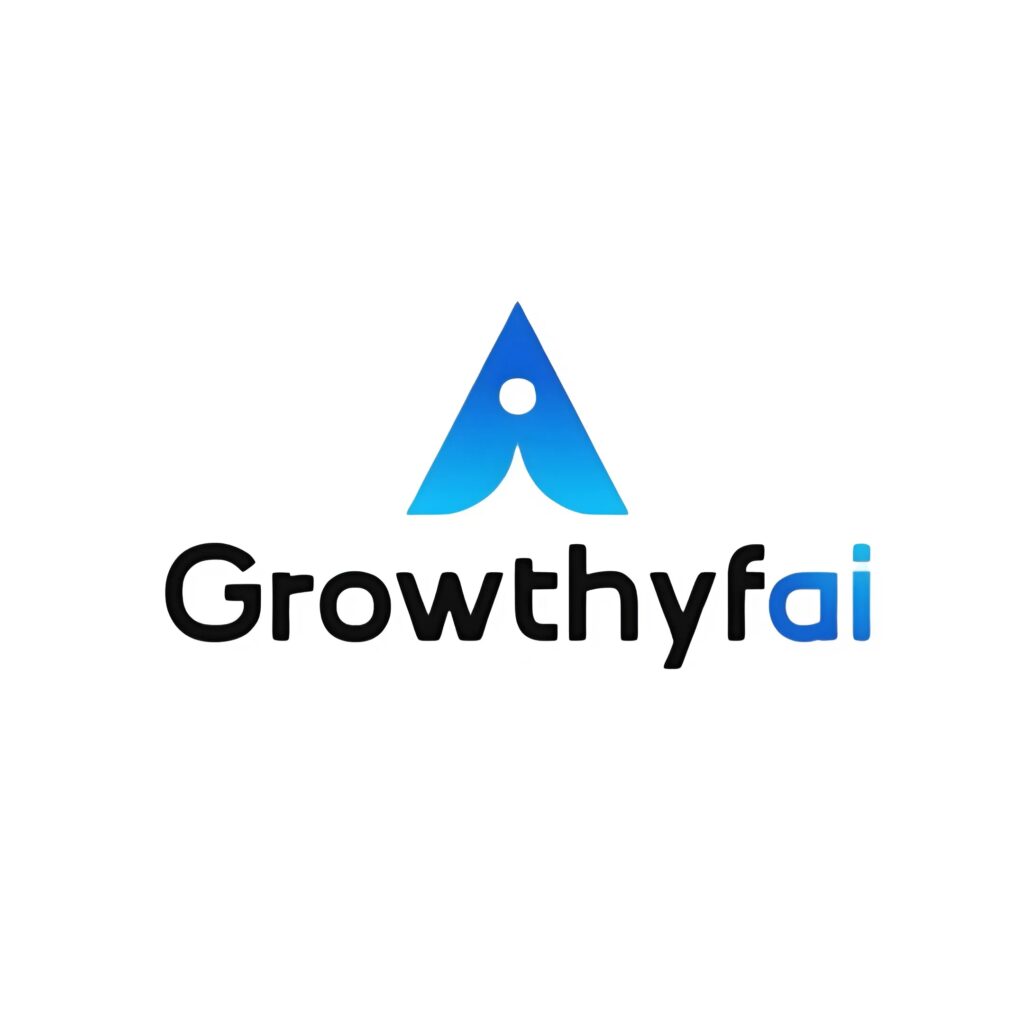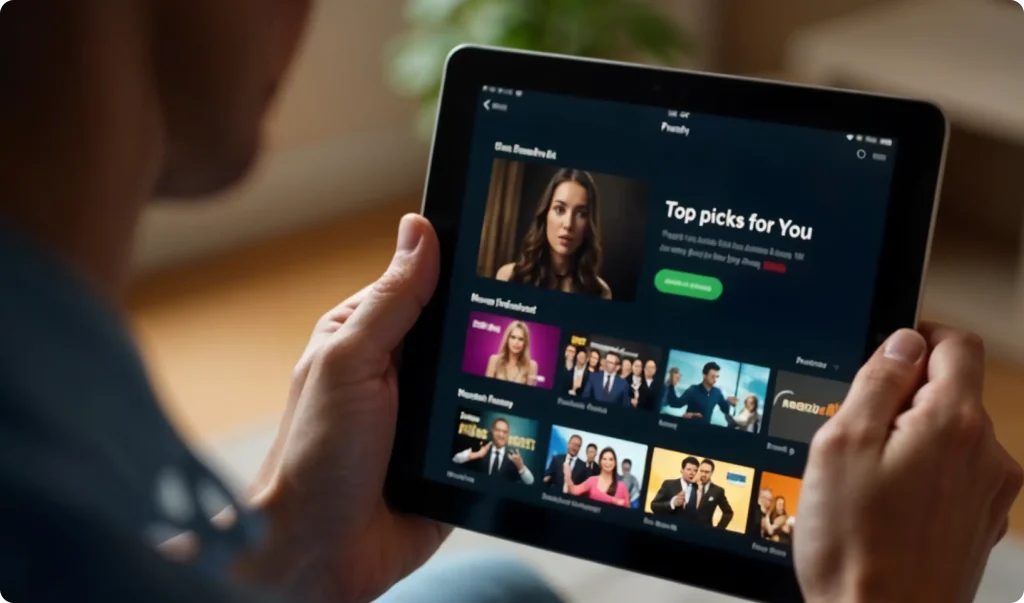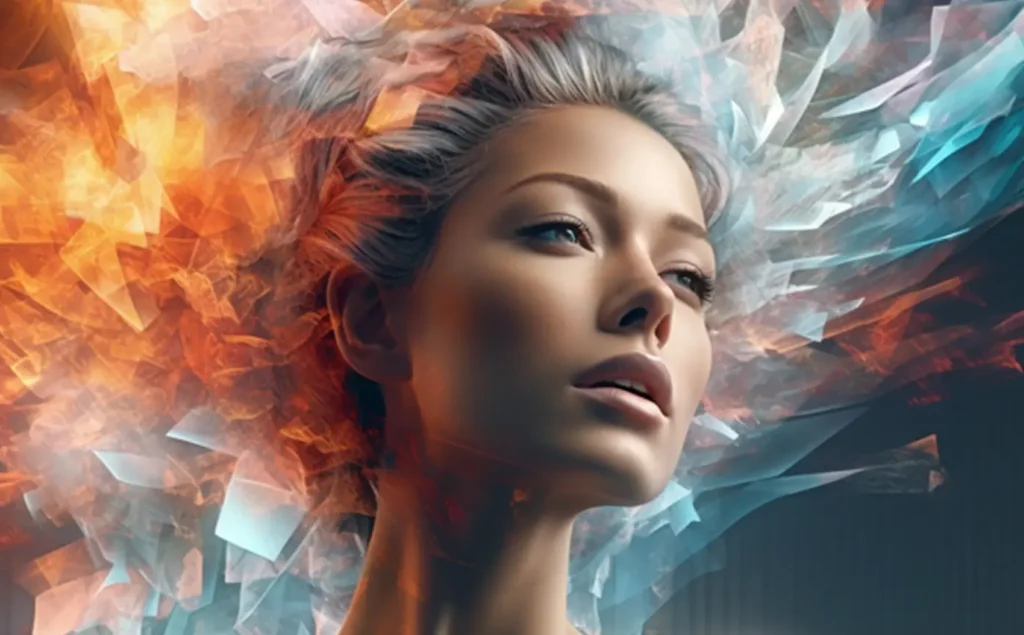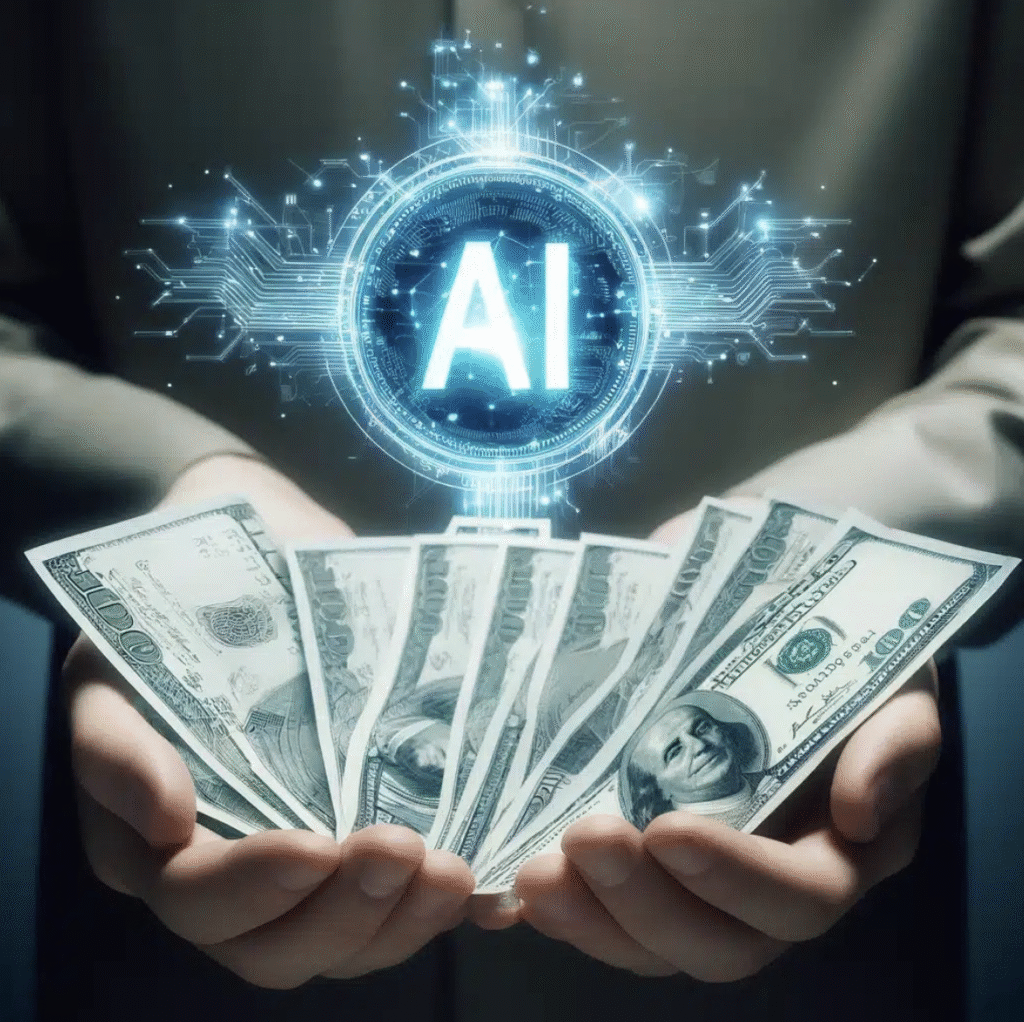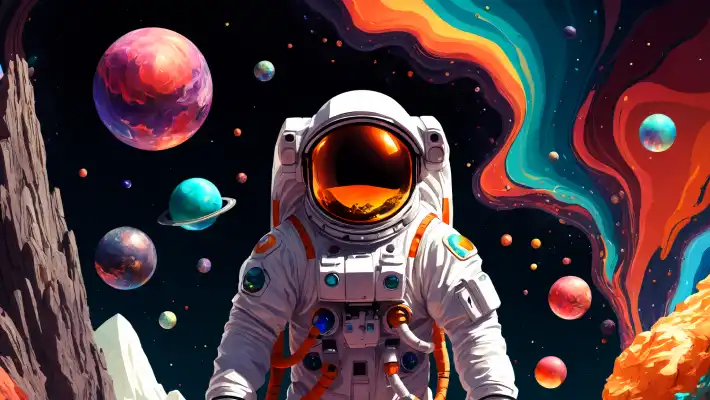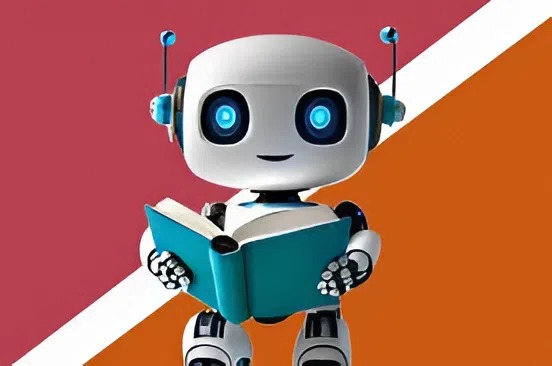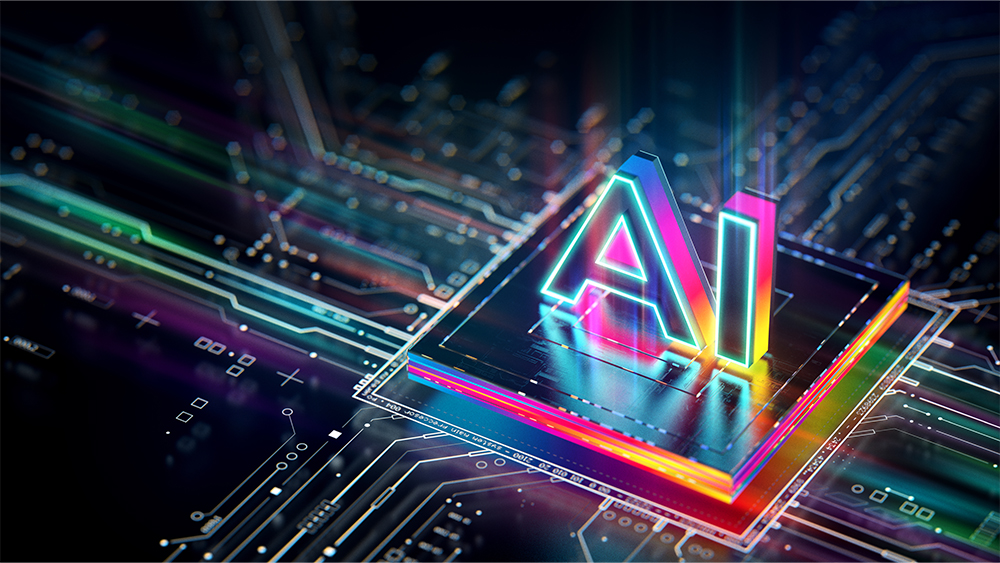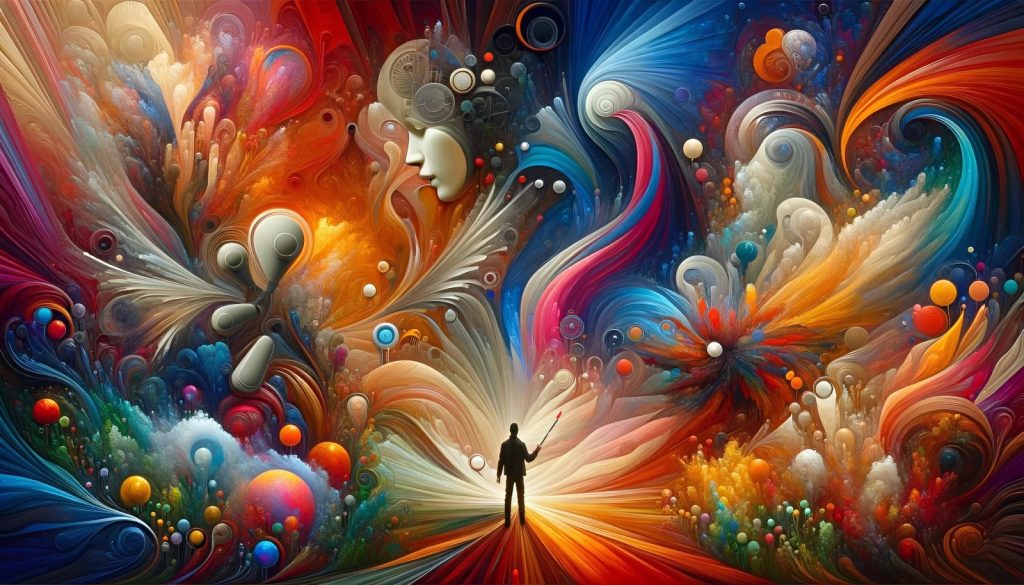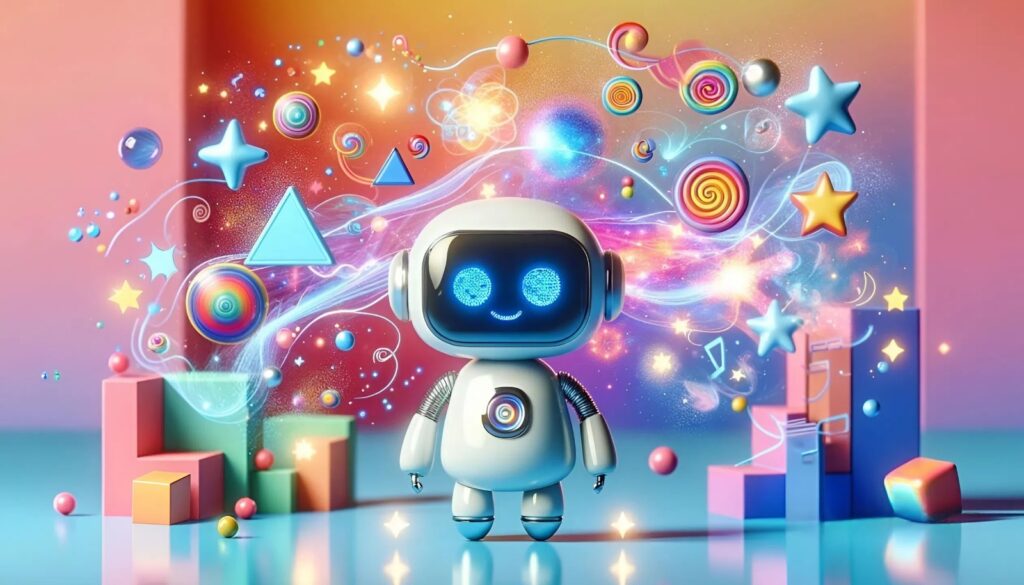The Intersection of AI and Art: Redefining Creativity in the Digital Age
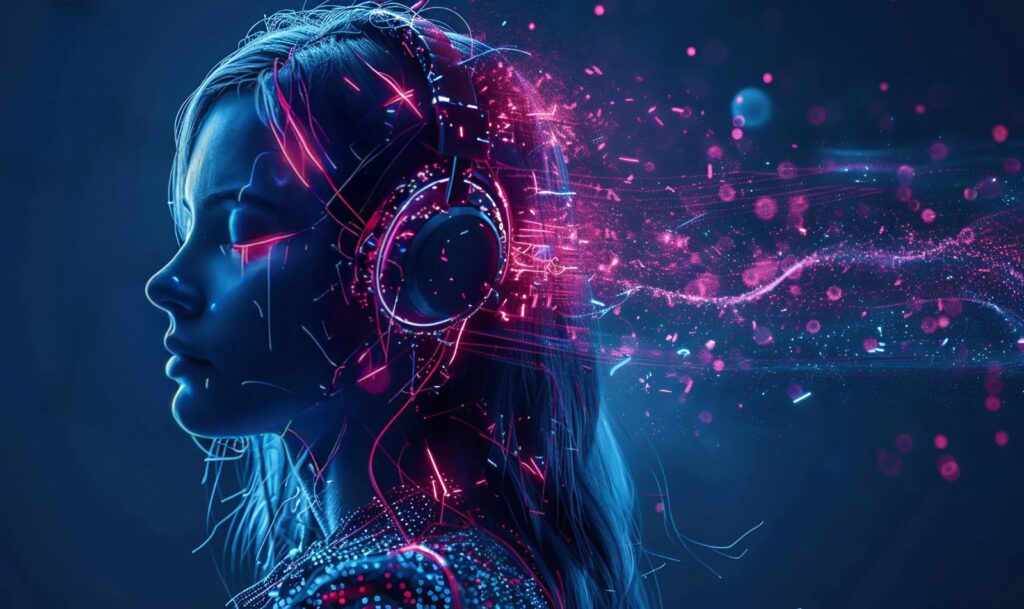
The Intersection of AI and Art: Redefining Creativity in the Digital Age
The fusion of artificial intelligence (AI) and art represents one of the most fascinating developments in the realm of creativity and technology. As AI continues to evolve, it is transforming the way art is created, perceived, and appreciated. This intersection not only redefines what it means to be creative in the digital age but also challenges our conventional understanding of art. In this blog post, we will explore how AI is reshaping the art world, the opportunities and challenges it presents, and what this means for the future of creativity.
—
Understanding AI-Driven Art
AI-driven art refers to artworks created with the assistance of artificial intelligence technologies, such as machine learning algorithms, neural networks, and generative models. These technologies allow machines to analyze existing artworks, learn from them, and subsequently create new pieces that often reflect a combination of learned styles and original aesthetics. AI can mimic artistic styles, generate novel compositions, and even produce interactive installations that respond to the viewer’s presence.
A quintessential example of AI-driven art is the use of Generative Adversarial Networks (GANs), where two neural networks compete against each other to create increasingly refined images. Artists and technologists have used GANs to generate paintings, music, and even poetry, pushing the boundaries of what machines can accomplish in the realm of art.
—
The Role of AI in Empowering Artists
AI is a powerful tool that enhances an artist’s creative capabilities rather than replacing them. Artists harness AI to experiment with different styles, automate repetitive tasks, and explore new creative avenues they might not have considered otherwise. Through AI, artists can generate preliminary concept sketches, explore color palettes, or even compose music by inputting simple parameters.
For instance, the artist Mario Klingemann, renowned for his work in neural networks, utilizes AI to explore concepts of creativity and human perception. His artworks, often characterized by their abstract and surreal quality, challenge viewers to think about the role of machines in the creative process. Such endeavors illustrate how AI can empower artists by providing new mediums and methods for artistic expression.
—
Challenges and Ethical Considerations
While the integration of AI into the art world brings myriad opportunities, it also presents several challenges and ethical questions. The question of authorship is a significant concern: who should be credited as the creator of AI-generated art? Is it the programmer, the machine, or the artist who used the AI tools? These questions provoke debate in legal and artistic communities related to intellectual property rights and artistic ownership.
Furthermore, there is a concern that AI might homogenize art. If everyone uses the same algorithms to create art, it might lead to a dilution of unique styles and reduce diversity in artistic expression. To address these issues, it is crucial to ensure that AI tools remain transparent, allowing artists to maintain control over their creative process and outcomes.
—
AI’s Impact on the Art Market
The influence of AI extends beyond the creation of art; it is also reshaping the art market. AI-powered tools can analyze data from art sales, predict trends, and even evaluate artworks’ authenticity. This has major implications for galleries, auction houses, and collectors who rely on such insights to make informed decisions.
Moreover, AI-generated artworks have started to gain recognition in the art market. For example, an AI-created portrait titled “Edmond de Belamy” was auctioned at Christie’s for a staggering $432,500 in 2018, far exceeding its estimated value. This sale marked a significant moment in art history, demonstrating the economic potential and growing acceptance of AI-generated art within traditional art circles.
—
Fostering Collaboration Between Human and Machine
The future of AI and art lies in fostering deeper collaboration between human creativity and machine intelligence. Instead of viewing AI as a competitor to human artists, we can see it as a collaborator that expands the boundaries of creative possibilities. Collaborative projects between AI and artists can lead to the creation of artworks that are uniquely compelling, reflective of a dialogue between human emotion and machine precision.
Such collaborations have the potential to yield innovative art forms, from interactive installations that respond to viewers’ emotions to immersive experiences powered by virtual reality and AI. This fusion of human intuition and machine learning can lead to groundbreaking works of art that redefine the limits of human imagination.
—
Conclusion
As we continue to explore the intersection of AI and art, it is clear that we are witnessing the dawn of a new era in creativity. AI acts as a catalyst, challenging traditional notions of artistic creation while offering endless possibilities for innovation. Although this transformation comes with challenges, such as ethical considerations and questions of authorship, it is also an opportunity to redefine art and creativity for future generations.
The harmonious integration of AI in the art world highlights the potential for technology to enhance human expression rather than diminish it. As artists, technologists, and society at large continue to embrace this evolution, we can look forward to a vibrant, diverse, and dynamic future for art in the digital age.
